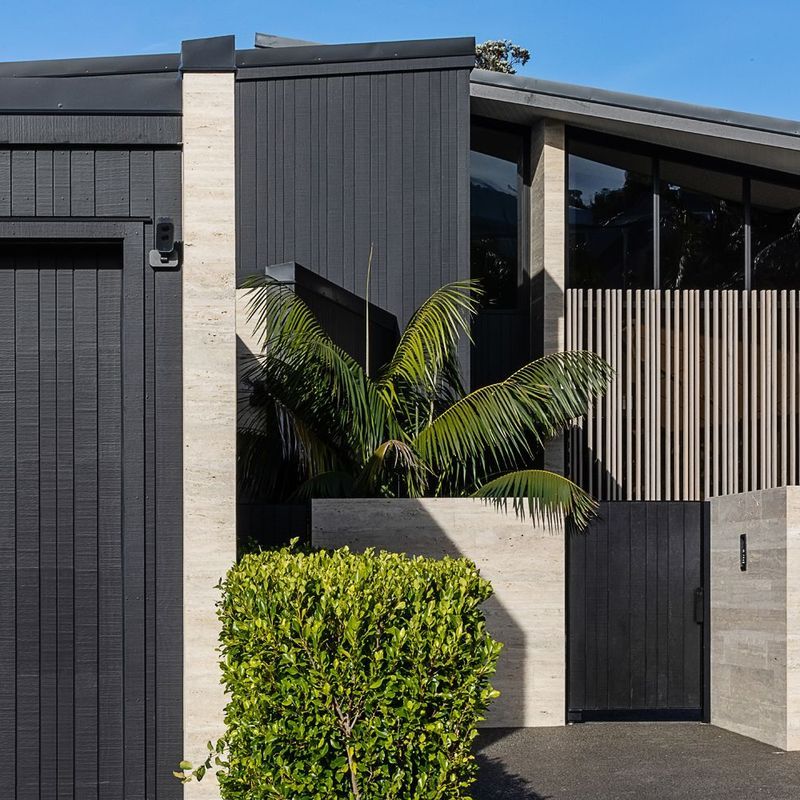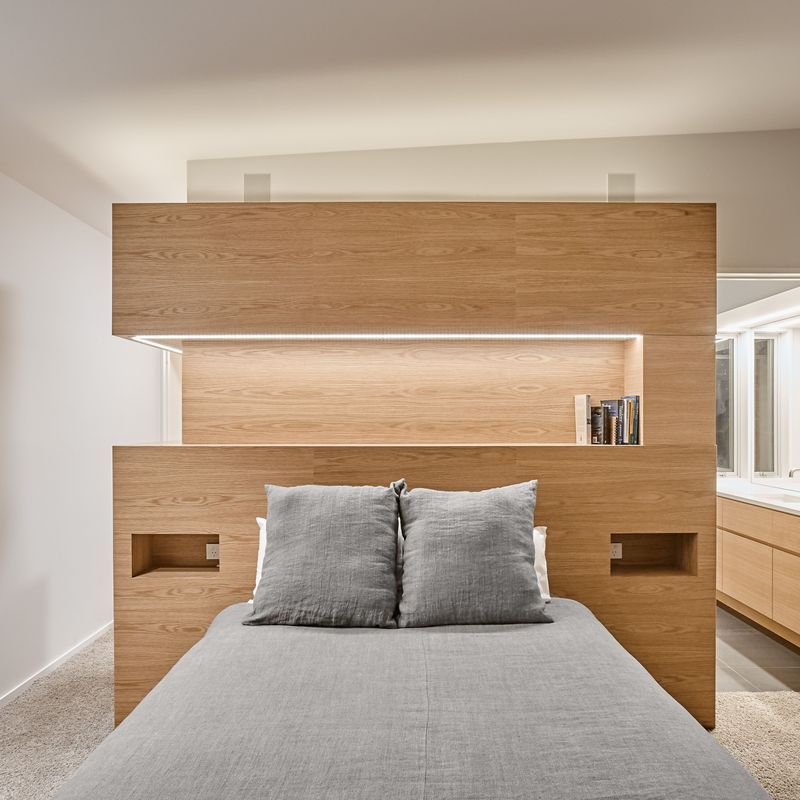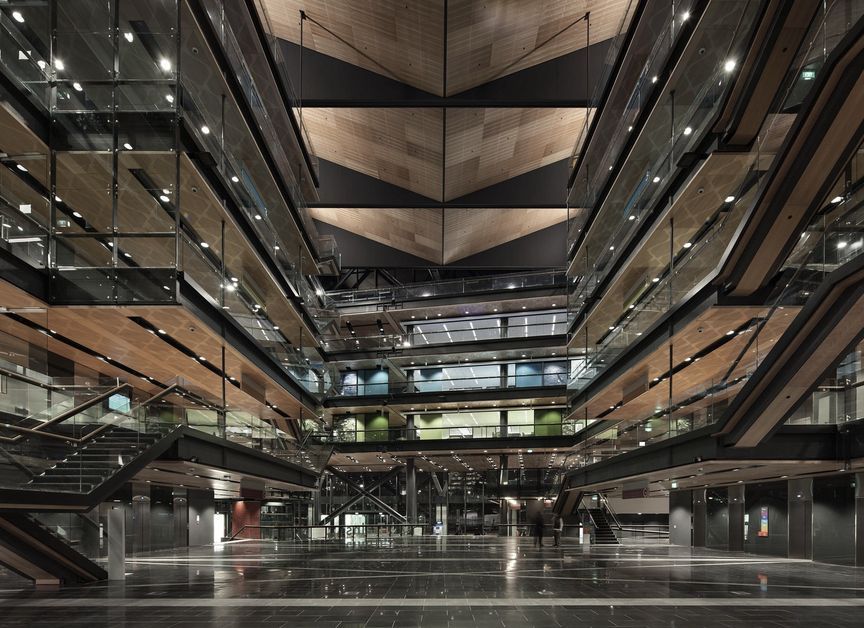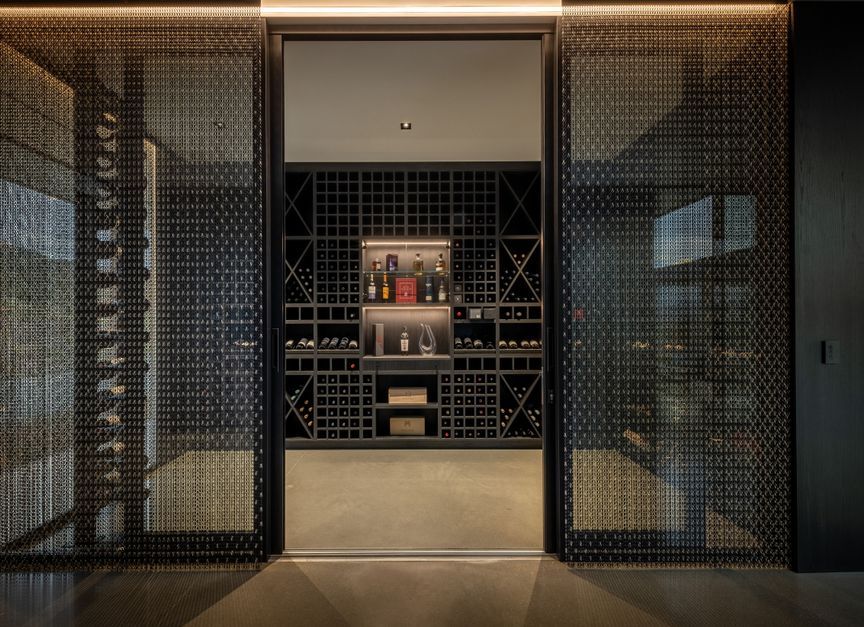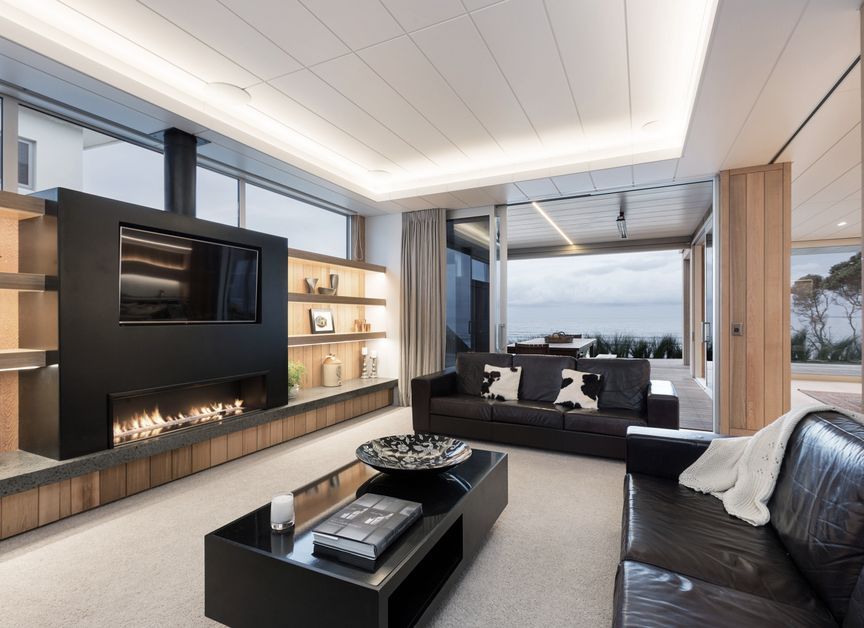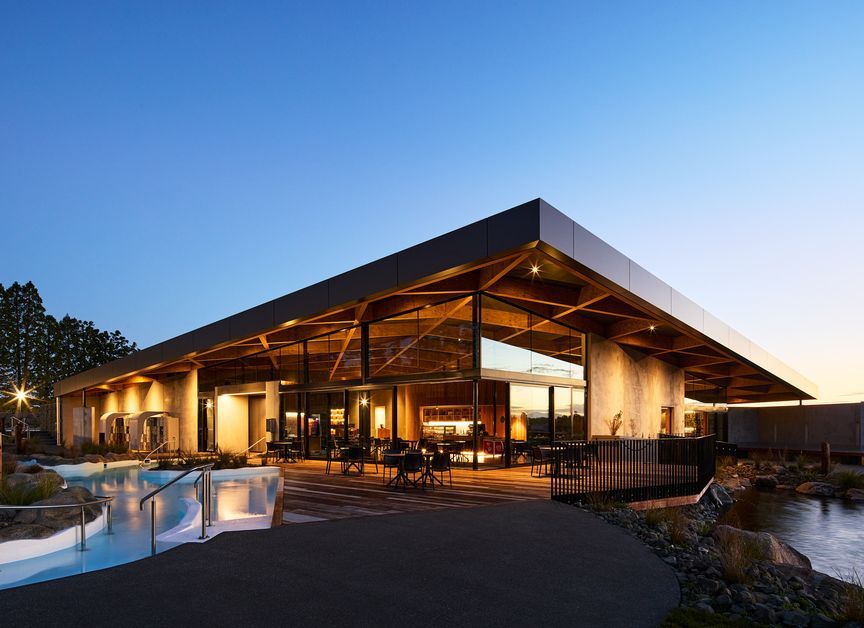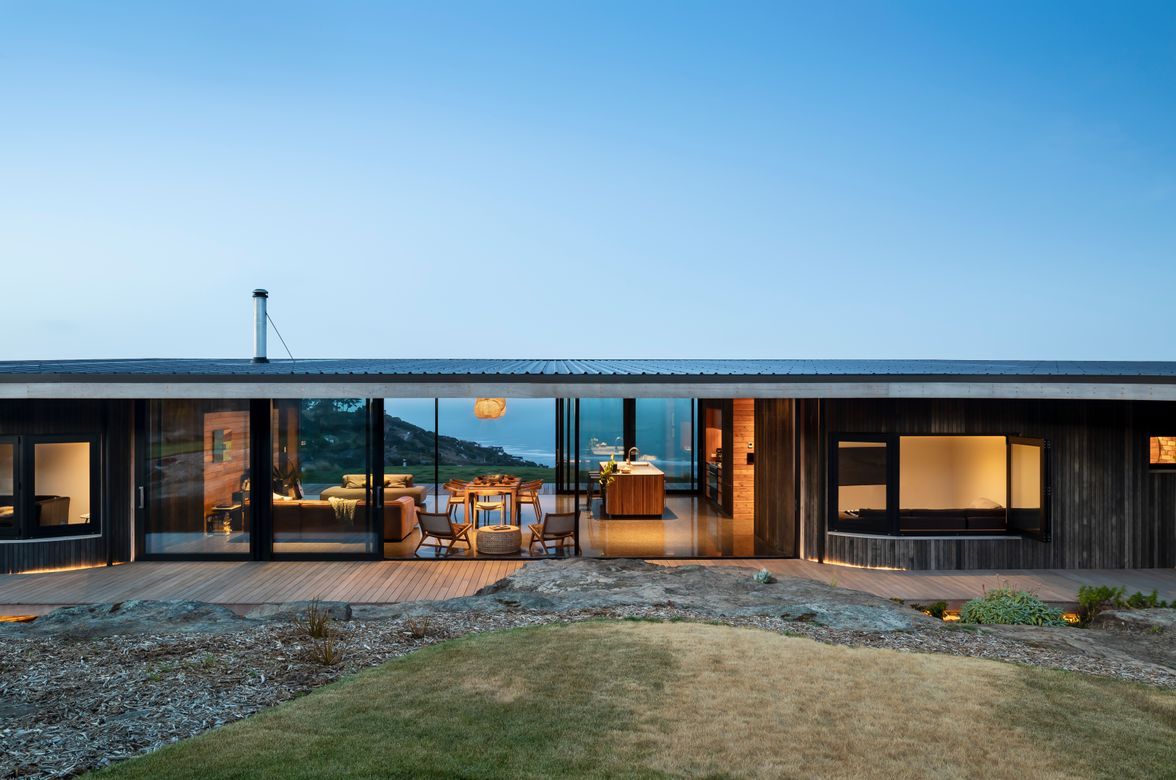The latest iteration of the New Brighton Surf Lifesaving Club in Christchurch heralds a new era for the beachside suburb, bringing a stunning new community facility to a recovering community.
The environment on the east coast of Christchurch is known for its ferocity: a brutal south easterly wind often beats at the houses on the seafront, and on a wet day, the rain drives in at an angle that will infiltrate any crack. Walls of wind-driven sand aren’t unusual, and through them the imposing outline of the New Brighton Pier can be seen jutting out into the sea.
Unsurprisingly, the original New Brighton Surf Lifesaving Club, the oldest in the country – built around the turn of the 20th century – didn’t survive, and the second iteration didn’t fare much better. The concrete structure succumbed to concrete cancer, leaving the question: what next for the surf lifesaving community?
A collaboration between South by Southeast Architects and Snøhetta on the design started with a discussion around how the needs of the club and the community had evolved since the club was first conceived. South by Southeast Architects principal Ken Powrie says they discovered there had been huge shifts.
“What we found was the social environment by which the club engages had changed. The amount of time families had back in the 1970s and 1980s let alone the early 1900s compared to now is fundamentally different. You've now got lots of overlapping wants and needs, for kids and parents. It was really important to understand that to re-engage the club not only for the surf lifesaving element, but also for the community.”
How this plays out in the form of the new building is in the zoning of the different uses of the club. The building is laid out in an ‘L’ shape, with the two-storey club facilities parallel to the beachfront, and the storage sheds for the equipment – IRBs, kayaks, skis, surf boats and quad bikes – perpendicular with access on either side, so that pathways to the sea are kept entirely clear from the public access, which is from the seafront walkway.
As you walk in the main entryway, there are changing rooms on one side, access to the storage sheds on the other, and a wide stairwell that leads up the club function spaces, bar, toilets, and the observation deck.
“You've generally got two to three surf lifesavers with binoculars out on the front observation deck, so if they see something, they've got the radios, and they can move straight down and out and deal with the problem. When we've got carnivals in here, and especially the Nationals, you're looking at in excess of 15,000 people, so there's a lot going on and that operational side needs to be really clear on how it can deal with those numbers.”
The division of activities into multi-use spaces was crucial to prevent a cross-over between public users and those on duty. It means the wide stairwell is used to brief lifesavers on duty or in training, and they have direct access to their equipment without having to navigate the public. The shed doors face east-west, away from the prevailing south-east wind; and upstairs, a large deck suitable for community get-togethers provides a socialising space completely out of the way of those on duty.
The materiality of the interior reflects this clarity in spatial planning, as well as the need for robust materials, and clever acoustics.
“The environment that it’s set in is by the sand, sea and dunes – so the palette is pared back. We're not overloading elements, we are letting the building connect to the landscape. The acoustics were really important to us as well – when you've got a lot of people in spaces like this and you have hard floors, the acoustics can ruin a space. The other one was connecting the views and the outside. So permeability of space for observation, obviously for surf lifesaving, but also for the club users and the public looking back in was really important.”
On the exterior, the materials follow the same theme of textural surfaces imitating the soft patina of driftwood.
“The Surf Club had limited funds – they're a charity so the money that they generate really needs to be spent on training and new gear. So we wanted to pick materials that didn't require ongoing maintenance, but that were also going to hold up to the environment. So Accoya was one of our main materials – it has amazing durability. And then the second element was the precast concrete, which is oversized and dyed in Peter Fell’s black oxide, for a very grounding element.”
The soothing choices of the material and colour palettes mean the building is both sculptural in the landscape, but also integrates easily within the tawny, beach setting. But while it is visually an incredibly striking element in a suburb that has known its fair share of setbacks and challenges, Ken says the new building represents more than the sum of its parts.
“I think this Surf Club is a small part of the puzzle in a much bigger picture. You've got a series of new-builds like the Surf Club, the hot pools, new residential builds coming through as part of the redevelopment after the ‘quake, so investing in these types of projects means the community can continue stitching itself back together.”



















